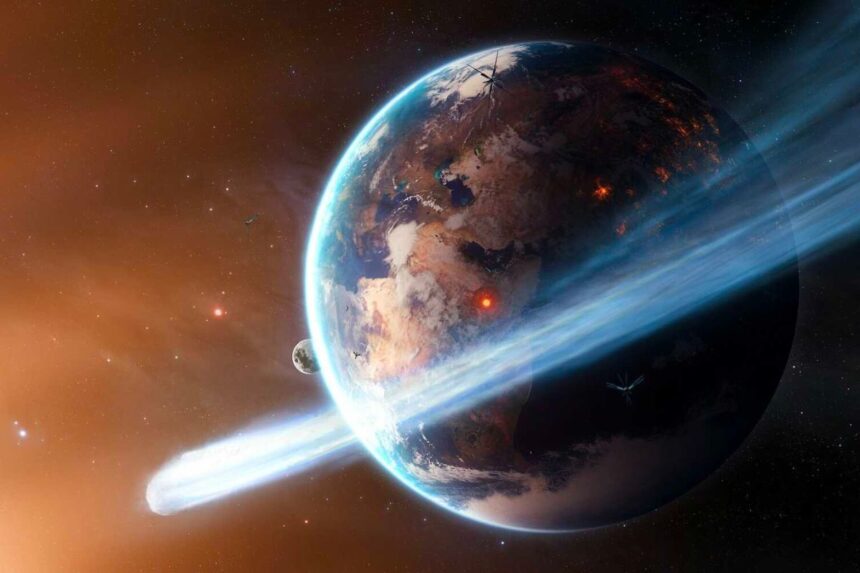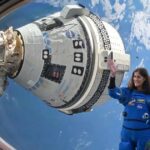NASA has issued a warning about three giant asteroids coming towards Earth at high speeds. This event is set to occur today, capturing the attention of astronomers and space enthusiasts worldwide. The asteroids, identified as 2024 QM1, 2024 QK1, and 2021 JT, are expected to make their closest approaches to our planet within the next 24 hours.
Asteroid 2024 QM1
It is the first of the trio. This huge space rock measures approximately 63 feet in diameter, roughly the size of a standard house. It will pass by Earth at a distance of about 1,160,000 miles. This distance may seem close in astronomical terms, but NASA assures us there is no risk of collision. The asteroid’s speed and trajectory have been carefully monitored, and it poses no threat to our planet.
Asteroid 2024 QK1,
It is larger than the previous one, measuring around 96 feet across. This asteroid will make its approach at a distance of approximately 1,980,000 miles from Earth. Don’t go on its size, experts confirm that it will not impact our planet. The asteroid’s path has been tracked precisely, ensuring that it remains a safe distance away.
Asteroid 2021 JT
The last asteroid, 2021 JT, is the smallest of the all three, with a diameter of about 38 feet, similar to a small jet. It will pass within 3,890,000 miles of Earth. This asteroid approach is closer than the other two asteroids; NASA and other space agencies have confirmed that it presents no danger. The asteroid’s trajectory has been analyzed and will safely continue its journey through space.
NASA’s Jet Propulsion Laboratory (JPL) has closely monitored these asteroids using advanced tracking systems. The JPL team has provided detailed information about each asteroid’s size, speed, and trajectory. This data is important for confirming that there is no risk to Earth.

The approach of these asteroids towards Earth serves as a reminder of the changing nature of our solar system. While the distances may seem vast, they are relatively close in astronomical terms. The careful monitoring and analysis by NASA and other space agencies ensure us that we are well-prepared for such events.
Asteroids are remnants from the early solar system, and their study provides valuable insights into the formation and evolution of our planetary neighborhood. The information gathered from these close approaches helps scientists understand the composition, structure, and behavior of these space rocks. This knowledge is essential for developing strategies to protect Earth from potential future impacts.
In recent years, NASA has increased its efforts to track and study near-Earth objects (NEOs). The agency’s Planetary Defense Coordination Office (PDCO) is responsible for identifying and monitoring asteroids and comets that come close to our planet. The PDCO works with international partners to ensure a coordinated response to any potential threats.
One of the key tools in NASA’s arsenal is the Near-Earth Object Wide-field Infrared Survey Explorer (NEOWISE) mission. NEOWISE is a space telescope that scans the sky for asteroids and comets. It has discovered thousands of NEOs and continues to provide valuable data for tracking and studying these objects.
The Double Asteroid Redirection Test (DART) mission is another important initiative. Launched in 2021, DART aims to test our ability to deflect an asteroid by impacting it with a spacecraft. The mission’s target is the binary asteroid system Didymos, specifically its smaller moonlet, Dimorphos. The results of this mission will help develop techniques for protecting Earth from potential asteroid impacts.
As we continue to explore and study our solar system, the knowledge gained from these missions and observations is invaluable. It helps us understand the dynamics of celestial bodies and develop strategies to mitigate potential threats. The approach of asteroids 2024 QM1, 2024 QK1, and 2021 JT is a reminder of the importance of continued vigilance and research.




